Amazing space photos of alien objects that look eerily familiar
The stunningly beautiful butterfly nebula was created by a dying star that became extremely hot. It shines brightly in ultraviolet light hidden from view by a dense cloud of dust that resembles a butterfly's wings in this image taken by Hubble in 2009.

When NASA's Viking 1 spacecraft was circling Mars in 1976, it spotted this unusual image of what looks uncannily like a human face in a region of the planet called Cydonia.
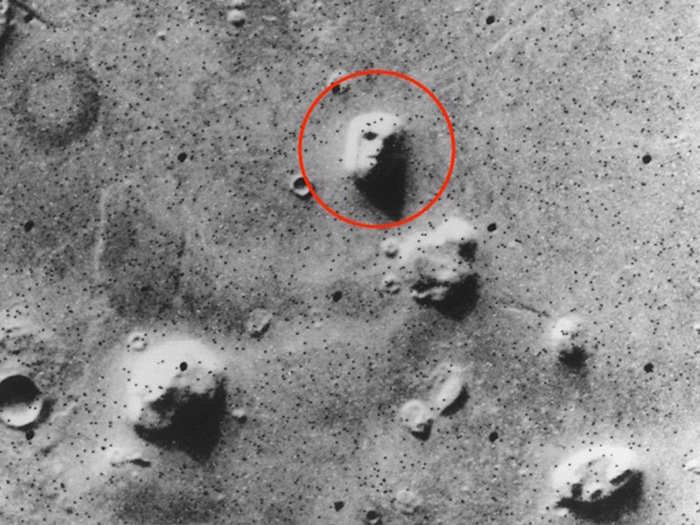
But when NASA's Mars Global Surveyor flew over the region again in 1998 and 2001, sharper images revealed the face to be a natural land form.
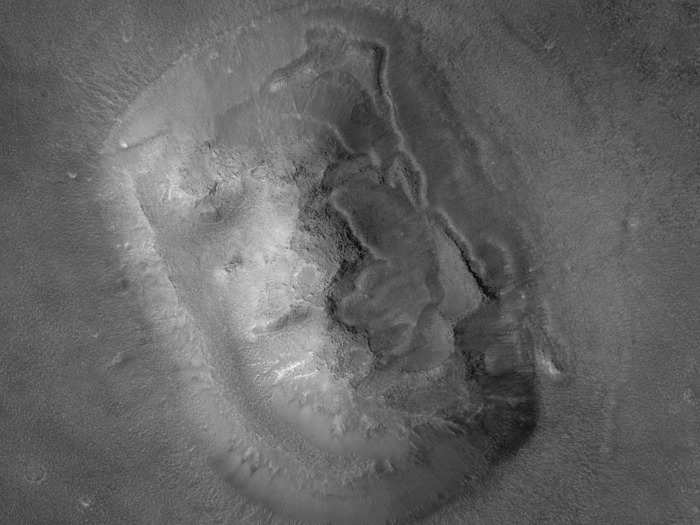
UFO enthusiasts spotted what appeared to be a crab on Mars in this photo taken recently by NASA's Curiosity rover. Sorry, folks — the "crab" is just a regular old Mars rock.
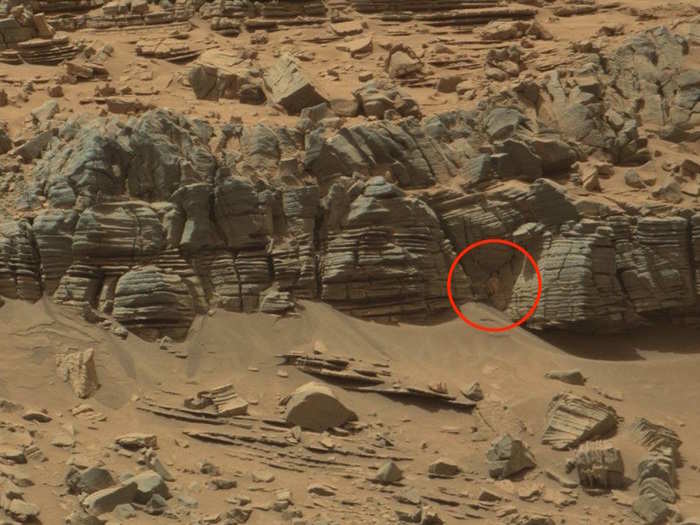
Here's another example: Back in 2013, conspiracy theorists spotted a "rat" on Mars in a photo taken a year earlier by Curiosity, thought to have escaped from a secret NASA experiment. But as rats can't survive on Mars, this one's just another rock.
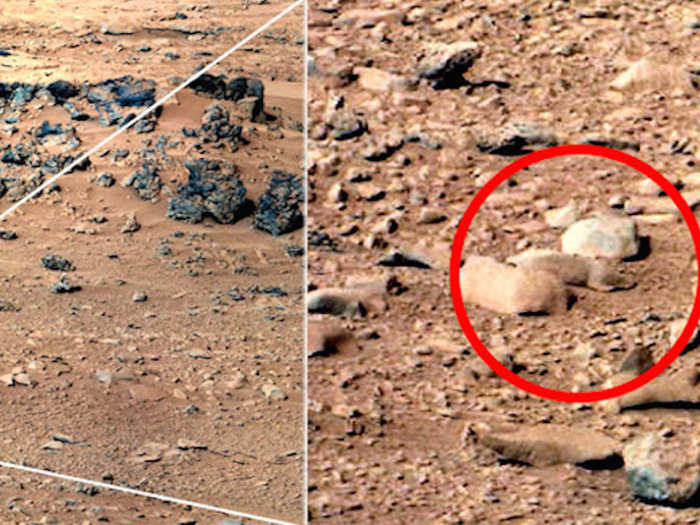
NASA thought this image looked like the "hand of God" and dubbed it so. But this composite image, taken by NASA's Nuclear Spectroscopic Telescope Array (blue) and Chandra X-ray Observatory (green and red), is actually a cloud of material left over from an exploded star.
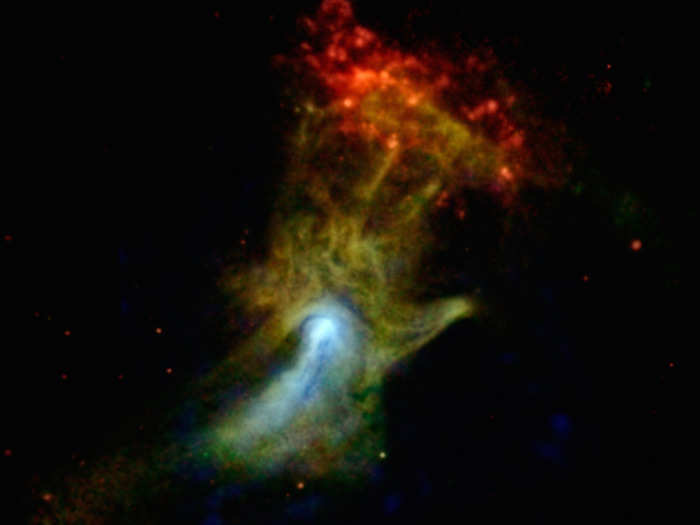
Further afield lies Pluto. When a NASA probe first flew by the dwarf planet in July, it spied a heart-shape feature on the planet's surface, which could be a mixture of methane and nitrogen ices.
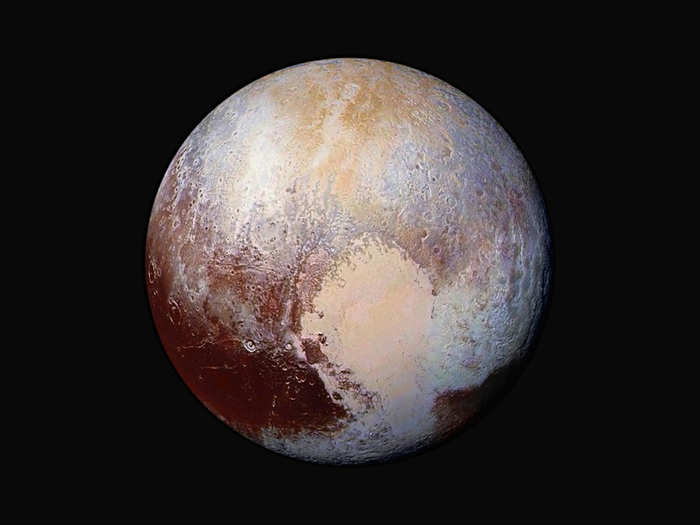
But Pluto's not the only planet to get some love. NASA's MRO spacecraft snapped this shot of a heart-shaped feature in Arabia Terra in May 2010, which was formed when a space rock slammed into the planet's surface, forming the crater at the base of the heart.
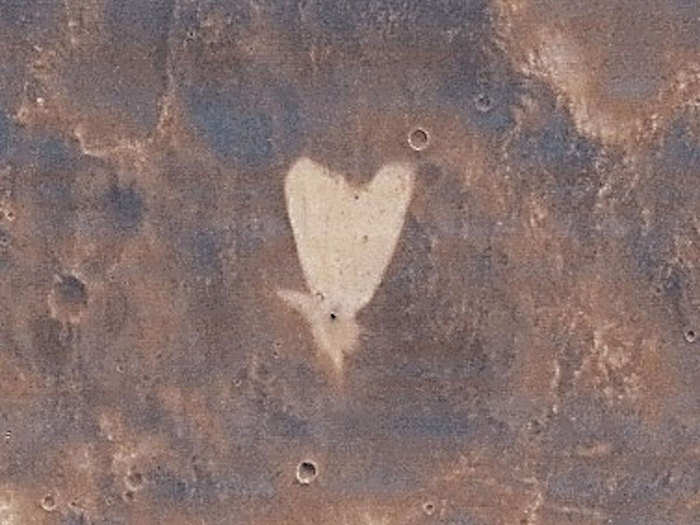
And 'Mickey Mouse was spotted on Mercury in this 2012 image, which depicts three of the many craters that pockmark the planet's surface. It's actually upside-down, since the large crater is to the north of the smaller two.
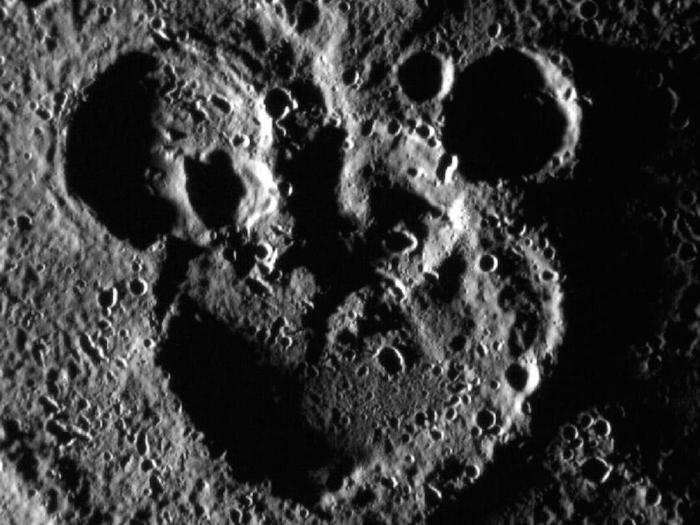
Hubble also took this stunning picture of a nebula that resembles a cat's eye. The nebula was created by a dying star (the "pupil") that spat out mass into concentric dust shells (the "iris"), each containing as much mass as all the planets in our solar system combined.
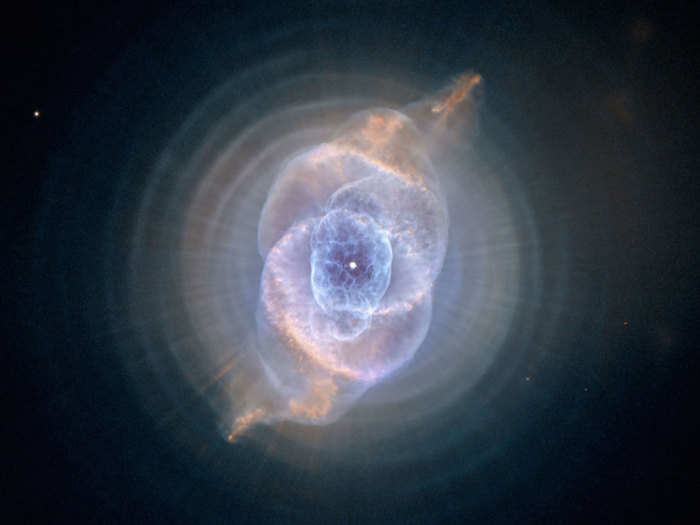
NASA's Hubble Space Telescope snapped this colorful shot of the aptly named Horsehead nebula, in the constellation Orion in 2013. Like all nebulae, this one is made up of clouds of dust and gas.
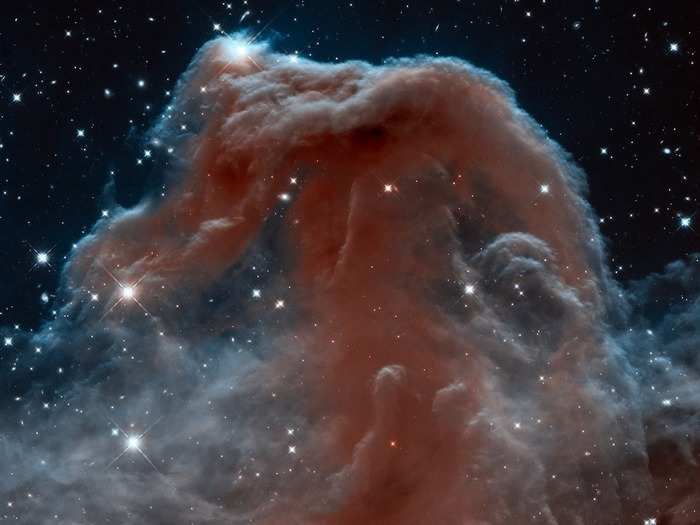
This young planetary nebula located about 8,000 light-years away resembles an hourglass viewed from the side. The image is a composite of three separate images taken by Hubble in the light of ionized nitrogen (red), hydrogen (green), and doubly-ionized oxygen (blue).
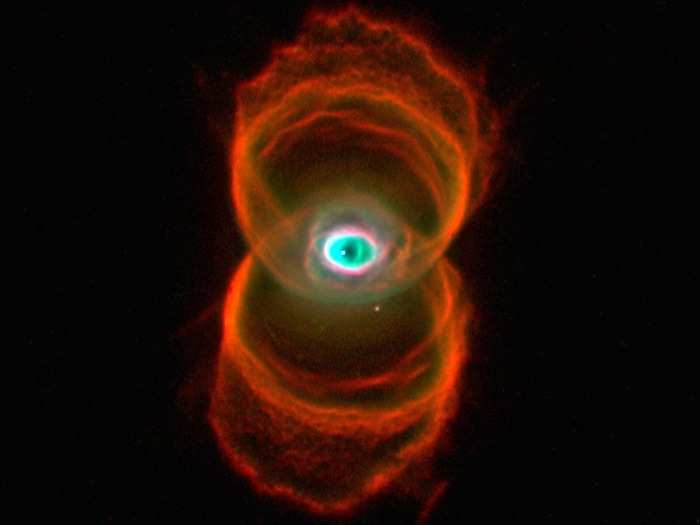
Can you see the sun's Jack-o'-lantern smile in this image taken just in time for Halloween last year by NASA's Solar Dynamics Observatory? The brighter regions that comprise the Jack-o-'lantern's eyes and smile are sources of powerful flares on the surface. A single flare can generate the same amount of energy as over a million, 100-megaton hydrogen bombs.
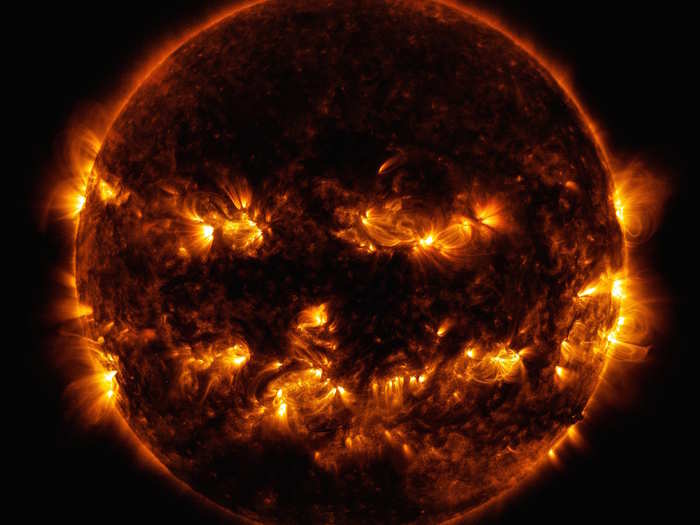
NASA's Cassini spacecraft captured this mosaic image on Feb. 13, 2010, of Saturn's moon Mimas — which looks eerily like the Death Star in the movie "Star Wars" thanks to the 80-mile-wide Herschel Crater embedded in its surface.
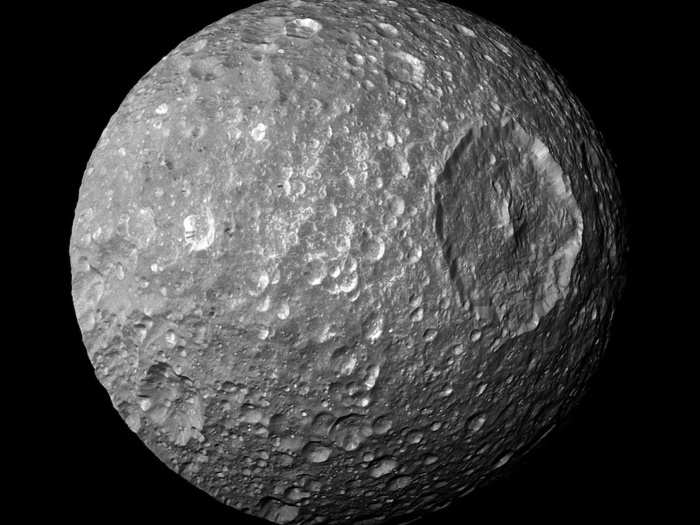
The sombrero galaxy owes its Mexican hat shape to an abnormally large central bulge containing billions of old stars and dark dust lanes seen when a galactic disk is viewed edge-on. This image from March 2008 was taken by Hubble.
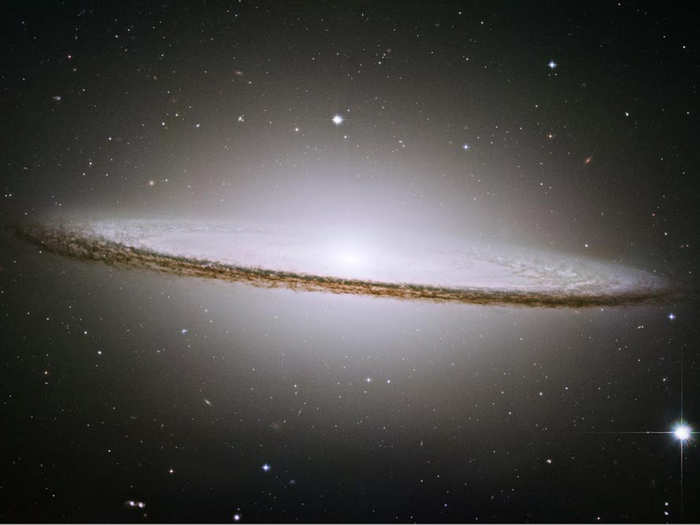
The man in the moon is perhaps the most familiar figure in space. Some people also report seeing a rabbit and other forms. The dark areas on the lunar surface were formed by ancient volcanic eruptions and the lighter patches are lunar highlands.
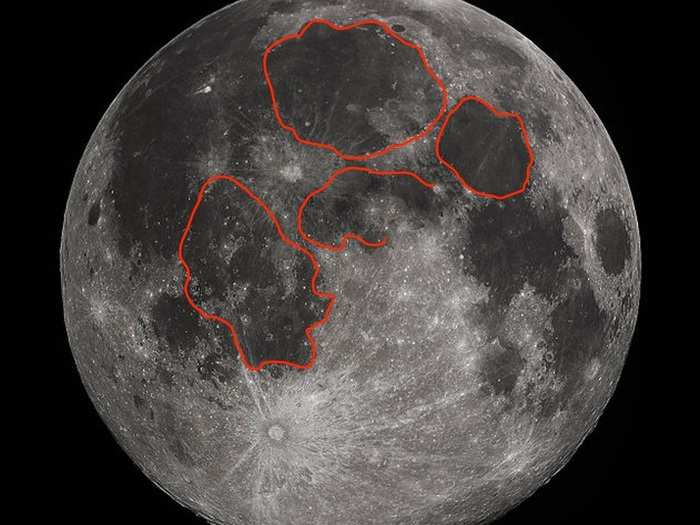
Popular Right Now
Advertisement